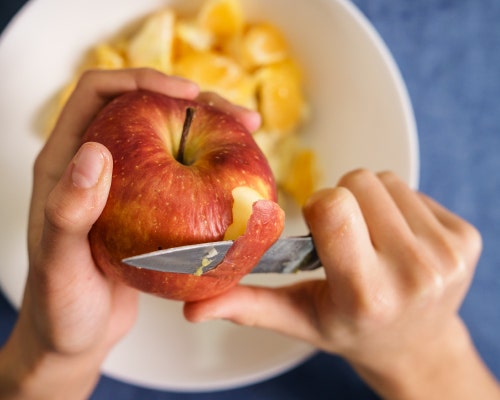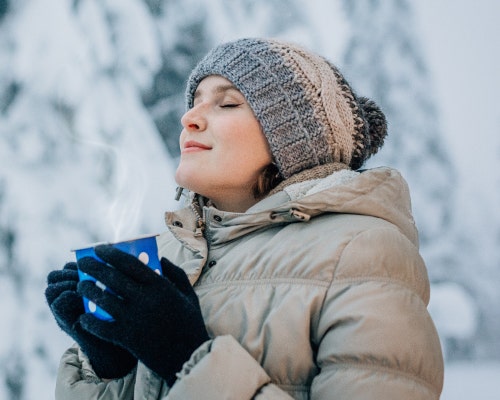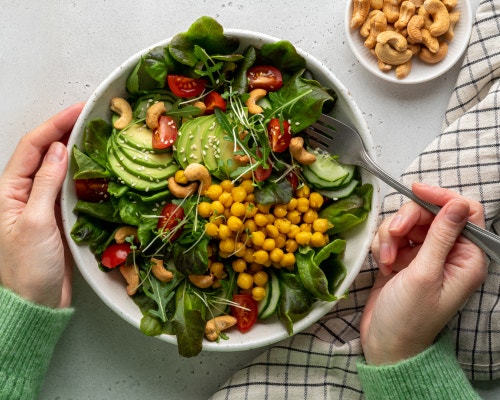DIY Natural Watercolor Paints
- 4/15/20
[vc_column][vc_row_inner][vc_column_inner][vc_column_text]
Add a splash of color to your day with this simple guide for DIY watercolor paints using all-natural ingredients.
[vc_column_text]Channel your inner artist with DIY watercolor paints using only natural ingredients. This project is a perfect way to keep your family busy with something creative and hands-on. These natural paints are safe for kids to use and easy to make using ingredients like turmeric powder, coffee grounds, fruits and other organic materials you have at home. What you’ll need:- Hot water
- Clean cheese cloth to remove sediment
- Mixing bowl(s) – one per color
- Juicer (optional) or potato masher
- Paint palette, ice cube tray or egg carton to hold mixed colors
- Plant materials for color, including leafy greens, spices, flowers, berries, etc.
- Grater
- Select organic materials from the color guide below or choose your own natural ingredients and experiment.
- Gather each ingredient (color) in a separate dish.
- Add a small amount of hot water.
- Stir or crush ingredients to release color.
- Sift each color mix through clean cheesecloth to remove sediment.
- Store in jars or a designated paint palette until ready to use.
- Dark pink: beet root powder
- Light pink: raspberries (fresh or frozen)
- Orange: paprika
- Note: smoked paprika makes a brighter orange
- Vibrant yellow: turmeric powder
- Vibrant/light green: spinach (fresh or frozen)
- Dark green: spirulina powder
- Blue: red cabbage (see tips below)
- Chop cabbage and boil with a little water
- Heat until mix is reduced to concentrate color
- Cool and squeeze through clean cheesecloth to remove sediment
- Divide into two jars.
- Leave one as the original, bright purple.
- In the second jar, stir in citric acid powder to make blue.
- Black: activated charcoal
- Rich brown: cocoa powder
- Light brown: instant coffee granules (barely diluted)
- Chop cabbage and boil with a little water.
- Heat until mix is reduced to concentrate color.
- Cool and squeeze through clean cheesecloth to remove sediment.
- Divide into two jars.
- Leave one as the original, bright purple.
- In the second jar, stir in citric acid powder to make blue.





